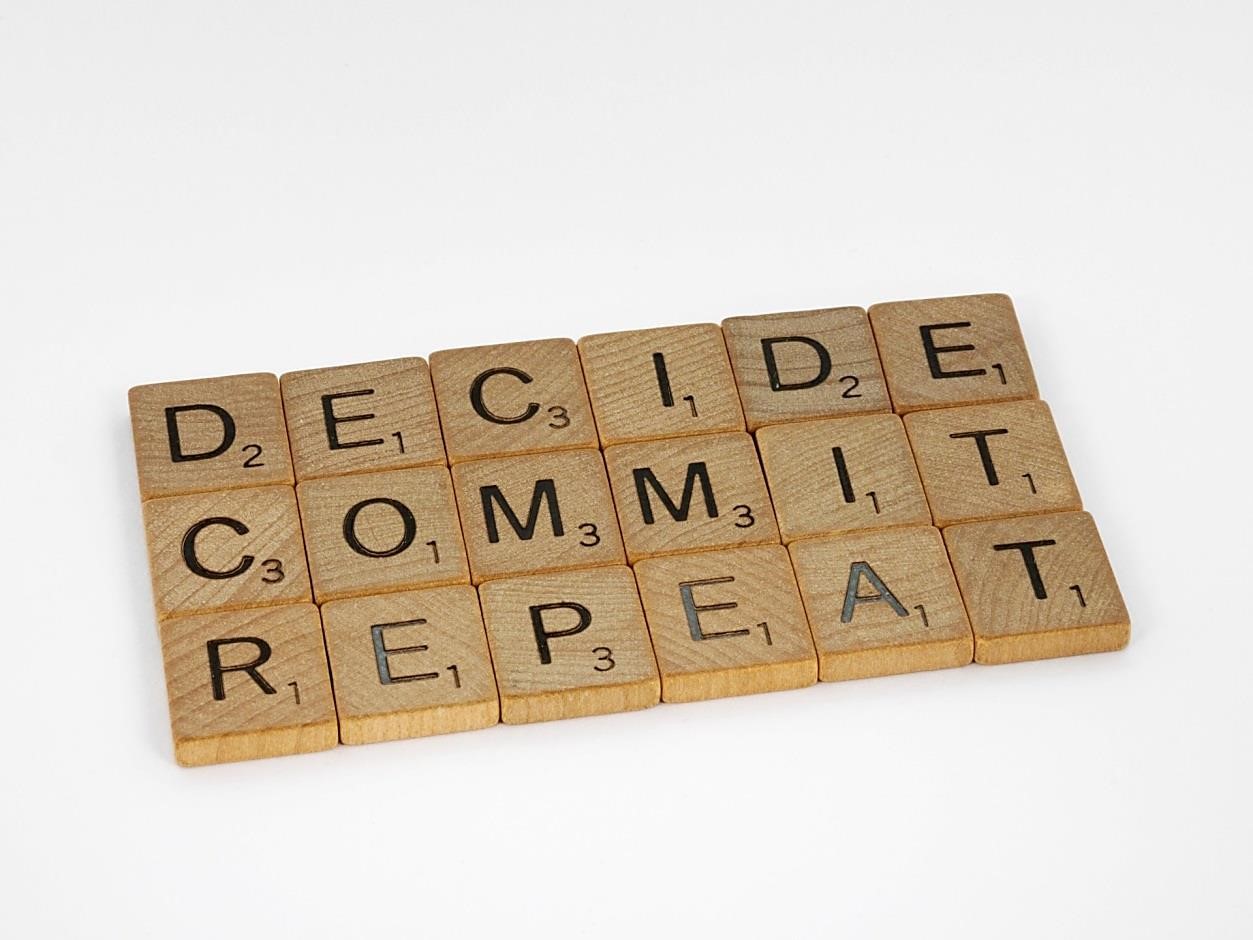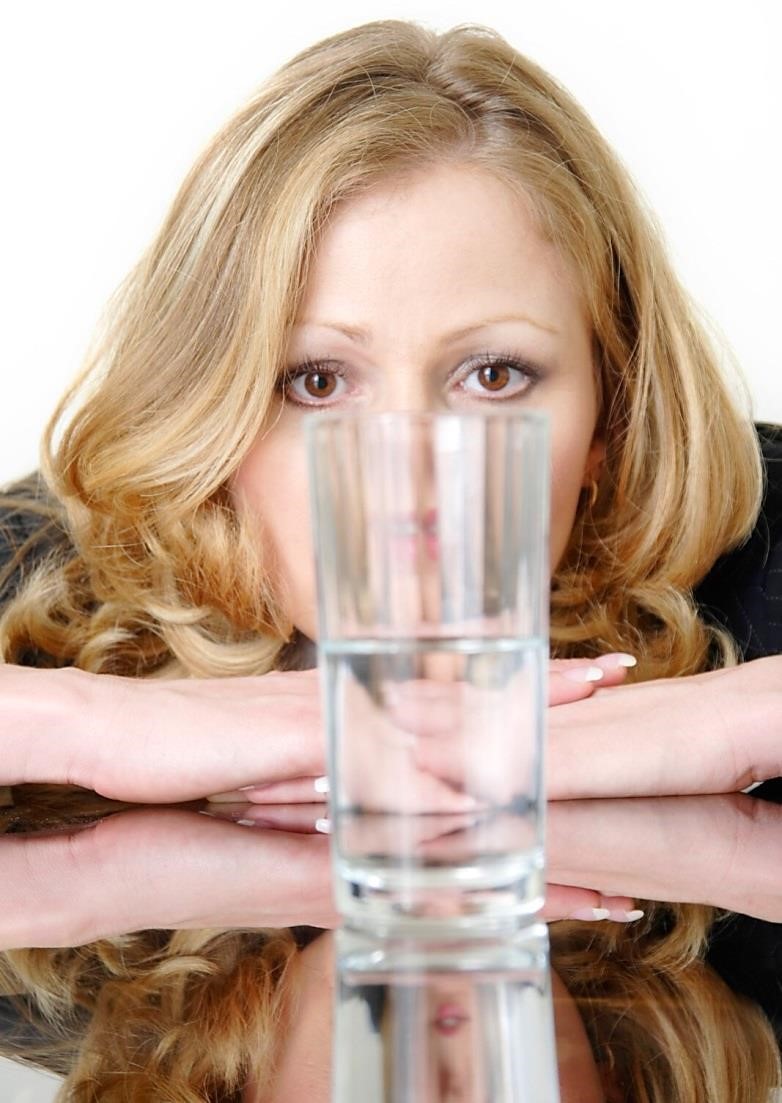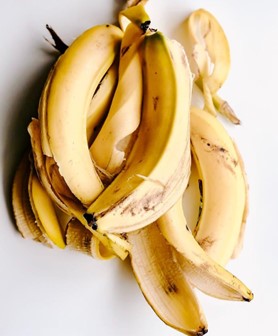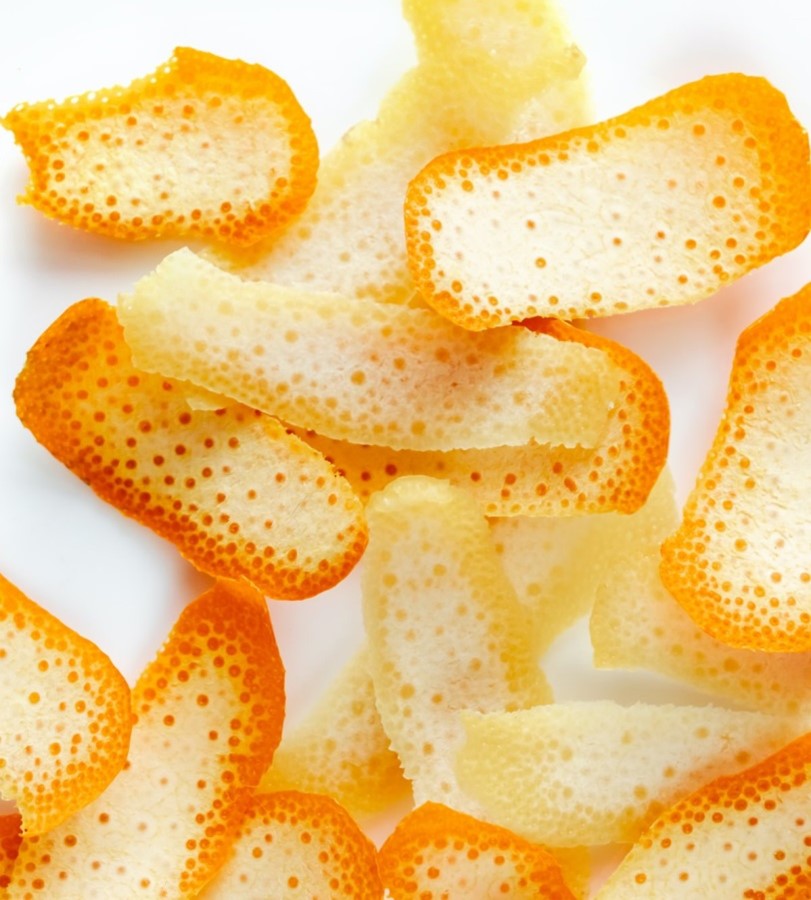
by Fern Shaw | Oct 4, 2023 | mains fed water cooler, water cooler, water dispenser
Whatever your preference, AquAid supply a wide range of water dispensers and water coolers to our customers.
Installing a water dispenser makes sense as they offer the user the best quality water at convenient temperatures.
AquAid is one of the largest water dispensing companies in the U.K. Established by Paul Searle in 1998, who went door-to-door selling bottled water coolers and bottled water to home customers, our business has
has grown exponentially since these humble beginnings. We now offer a high quality range of water cooler dispensers to all industries, including small, medium and large companies, construction sites through to schools and dentists; doctors; fitness centres and production companies.
Having a water dispenser on site for any organisation means they are able to offer cool, fresh drinking water to whoever visits them, as well as being able to keep all those in their organisation properly hydrated.
Numerous studies have shown that keeping hydrated can increase one’s mental and physical performance by as much as 20% – thus enabling employees to keep properly hydrated throughout the working day and for schools, it means that both the staff and children keep themselves hydrated, all while helping the children better concentrate in class.
The health benefits from proper hydration are manifold. People often mistake thirst for hunger. This can adversely affect health as instead of drinking water, people may overeat as they don’t realise they are, in fact, dehydrated. Dehydration can have a negative effect resulting in poor concentration, headaches, feeling tired and listless and poor health overall.
Having a water cooler dispenser in your office, workplace, site, rooms or school means you’ll be able to offer everyone the opportunity to drink water and keep hydrated.
AquAid supply a wide range of water cooler dispensers available in bottled or mains fed.
The bottled water cooler dispensers are perfect for the smaller businesses or work environments that do not have hundreds of individuals to service.
For larger offices, business centres and schools, the mains fed water coolers are the most practical and cost effective. These units filter and purify the water that comes out of your normal taps, giving you clean and safe water whenever you need it.
Furthermore, having adjustable water temperatures your AquAid water dispenser offers a choice of piping hot water for hot water drinks or chilled drinking water throughout the year.
With all the benefits that water cooler dispensers offer, why not install one today?
Give the fantastic team at AquAid a call and they will gladly assist you with all your water cooler dispenser needs.
To call us at AquAid: 0800 772 3003
To e-mail us: Click here
If you would like to browse our range of water coolers: Click here
To follow us on social and business media: Twitter, Facebook and LinkedIn

by Fern Shaw | Sep 28, 2023 | water cooler, Water Coolers
As I have said – okay, typed – before, drinking water = power (or energy) but who would have thunk it, apparently, naps too = power.
Before you get the idea that I’m trying to propagate my ‘Sloths Rule!’ philosophy, let me assure you, this power nap deal is not only true, but also a fact!
From the blogista’s friend Wiki:
A power nap is a short sleep that terminates before the occurrence of deep sleep or slow-wave sleep (SWS), intended to revitalise the subject. The expression was coined by Cornell University social psychologist James Maas.
Characteristics
The power nap is thought to maximise the benefits of sleep versus time. It is used to supplement normal sleep, especially when a sleeper has accumulated a sleep deficit.
Various durations are recommended for power naps, which are very short, compared to regular sleep. The short duration of a power nap is designed to prevent nappers from sleeping so long that they enter a normal sleep cycle without being able to complete it. Going beyond sleep stages I and II but failing to complete a full sleep cycle, can result in a phenomenon known as sleep inertia, where one feels groggy, disoriented, and even sleepier than before beginning the nap. Brief naps can improve alertness directly after awakening without the detrimental effects of sleep inertia associated with longer naps.
Scientific experiments and anecdotal evidence suggest an average power nap of around 30 minutes is most effective. Any more time, and the body enters into its usual sleep cycle. People who regularly take power naps may develop a good idea of what duration works best for them, as well as what tools, environment, position, and associated factors help induce the best results.
To this, I can certainly attest.
I’ll come clean though, I have never actually had a power nap at work – what I have had though, is a power nap when I’ve been running on empty between Job A and Job B in one day. I leave Job A, zoom home and have a gap of an hour or so before needing to leave for Job B.
Perhaps I’ve been remiss about my water intake for the day (yes, it does happen) and my battery is blinking red. It has happened where I’ve sat down, leant back and closed my eyes on the (most comfortable) sofa. When I magically wake up, 20 to 45 minutes later, without any type of alarm, I definitely feel better, not groggy or tired at all.
I can’t say that it will work for everyone, as I believe everyone’s make-up is different, but I can say that it most definitely does work. So, more power to you, fellow nappers, as you embark on the Journey of the Power Nap.
Oh, whether you have or don’t have power nap opportunities, might I suggest that you, at least, aim towards drinking a good few bottles or glasses of water every day.

by Fern Shaw | Sep 14, 2023 | bottle fed water coolers, mains fed water cooler, water cooler, Water Coolers
Glass half full? Half empty? Where does the expression originate? The exact origin of the idiom is unclear; however, digital records seem to show it originated in the first half of the 1900s. Glass half-full/half-empty of what you may ask? Well, water is the standard, so we’ll stay with that.
If you’re not familiar with the expression, it stems from the idea that believing the glass is always half-full means you have a positive outlook and believing the glass is half empty means your outlook is more negative.
Alternatively, could it originate from the unfortunate occasion when your bottled water is depleted? Even if this is the scenario, there is still good news!
If you have any of the high quality range of AquAid Bottled Water Coolers installed in your workplace, we arrange a scheduled water delivery with you, thereby ensuring your drinking water is always more glass half-full than half-empty.
Even better, if you have any of the top quality AquAid Mains Fed Water Coolers installed, your water glass will always be full.
More news that is positive is that AquAid supply water dispensers nationwide, utilising 22 branches situated at local locations convenient to your premises. Whether you operate a small, medium or gargantuan business, AquAid has a tailor-made drinking water solution for you.
Irrespective of the half-full, half-empty dilemma, it’s good to know that ensuring a permanent supply of drinking water on site is something at which AquAid excel. As well we should, with 23 years’ experience and a highly dedicated team committed to providing our very best service at all times.

by Fern Shaw | Aug 16, 2023 | water cooler, Water Coolers
Recently, we learnt all about the natural health benefits found in orange peel. And they are numerous, as are those found in a banana peel.
Banana peels are full of antioxidants, minerals, and vitamins, so they can naturally cure many ailments and can aid cell regeneration.
* Water Filtration – Research shows they have a capacity to absorb lead and copper from water. We wouldn’t suggest trying this using the office water cooler + AquAid’s water doesn’t need to be filtered.
Bug Bites – Just rub a banana peel on a bug bite to soothe the skin and reduce the itch.
Bruises – With regenerative properties, banana peel can speed up the healing of bruises.
Teeth Whitening – Rub the inside of a banana peel on your teeth for a couple of minutes every other day, and your teeth could be noticeably whiter in a few weeks.
Warts – Banana peels help eliminate warts and prevent their return. Tape a piece of banana peel to the wart overnight for about a week or rub the banana peel on the affected area daily. This can also work for plantar warts.
Scrapes and Scratches – Rubbing a banana peel on small cuts or scratches can help promote healing.
Splinters – The enzymes help dislodge the splinter and can help kick-start the healing process if you tape a piece of the peel over a splinter for a couple hours.
Acne – A banana peel can soothe the inflammation and irritation of acne. It also helps to prevent future outbreaks. Rub a peel over the acne every night. You should see a positive change within a few days.
Psoriasis – Once or twice a day, try rubbing a banana peel on a psoriasis-affected area. Bananas have properties to reduce itchiness, moisturize, and heal psoriasis. You should see noticeable differences in a few days.
Rashes and Itches – Poison ivy, mild rashes, dry skin, irritated skin and even sunburn. Banana peel is good for relieving itch and promotes healing of the skin. Rub the peel over the rash or affected are twice daily until it is gone.
Whereas immersing orange and citrus peel in water can make for a pleasant, refreshing drink, we wouldn’t suggest the same using banana peels. Nor should you immerse bananas in your water cooler to create naturally flavoured water. It’ll produce an awful mess and most likely you’ll be getting the bill for cleaning out your water dispenser.
*excerpts from an article at Natural Cures Not Medicine

by Fern Shaw | Aug 8, 2023 | water cooler, Water Coolers
Did you know the peels of some fruits hold some of the most powerful nutrients in the world? There are many uses, both medicinal and practical, for orange and banana peels. So, next time you think about throwing away one of these peels, you may want to remember this information.
*Orange Peel – Medicinal Properties of Orange Peels
As per Ayurveda, orange peel is tikta (bitter) and it improves digestion and can speed up your metabolism. It helps to naturally beat gas, heartburn, vomiting and acidic eructation. It’s also great to perk up your appetite and relieve nausea.
Due to its pacifying properties, orange peel powder helps dissolve phlegm in respiratory systems, alleviate coughs, and asthma.
Most of the beneficiary aspects of orange peels come from their essential oils, which have anti-microbial and anti-inflammatory properties. Essential oil “d-limonene” has the ability to defuse stomach acids and maintain normal intestinal movements. It also promotes normal liver function.
Studies have shown that orange peel can dissolve cholesterol and triglyceride. That means consumption of an orange peel can benefit obese people who have high cholesterol levels. It has a flavonoid known as hesperidin, which is said to be effective against colon cancer and osteoporosis.
Essential oils from orange peels are sedative in nature so it makes them great for calming nerves and inducing sleep. Use orange peels in baths or simmer in a pot to uplift your mood or to beat insomnia naturally.
You can also slice orange slices into water with ice and let that infuse for 2 hours or so in the fridge or use water from your water cooler – but that’s a story for another blog in the all things veggies and fruit series.
Happy orange peeling!
*excerpts from an article at Natural Cures Not Medicine





